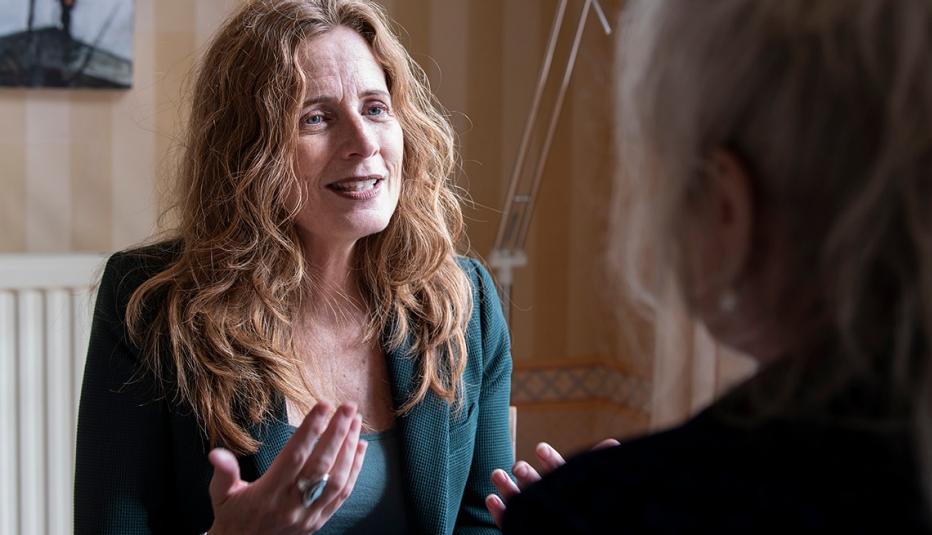AARP Hearing Center
This Spotlight describes the use of low-value health care services by private plan enrollees age 50+.
A number of studies have reported widespread use of low-value health care services that amount to billions of wasted dollars. Use of these services is considered clinically inappropriate in most cases, such as diagnostic imaging for a simple headache. In an effort to understand the scope of the problem, we studied the use of 16 low-value services, including cancer screening tests, diagnostic imaging, and invasive procedures from 2009 to 2014.
This PPI Spotlight by Keith Lind summarizes our findings, which first appeared in the journal Medical Care, and provides a rough estimate for the extent of spending associated with these 16 low-value services. Related blogs by Elizabeth Carter of AARP’s Public Policy Institute, The Slippery Slope of Low-Value Medical Services, and Margot Walthall and Darshak Sanghavi of OptumLabs®, Translating Shades of Grey: How can we accelerate value in health care? Provide complementary perspectives on the topic of low-value services.
Among the Spotlight highlights: In 2014, the use of the 16 low-value health care services we looked at accounted for roughly 1.5% (about $5.4 billion) of health care spending for enrollees age 50+ in commercial insurance plans and enrollees age 65+ in Medicare Advantage plans. We compared our findings with results from other studies that have reached similar conclusions. Unfortunately, the solution to reducing low-value care is hardly straightforward because services that are deemed low value in many cases may actually be of high value in some cases, depending on the clinical circumstances.
































































